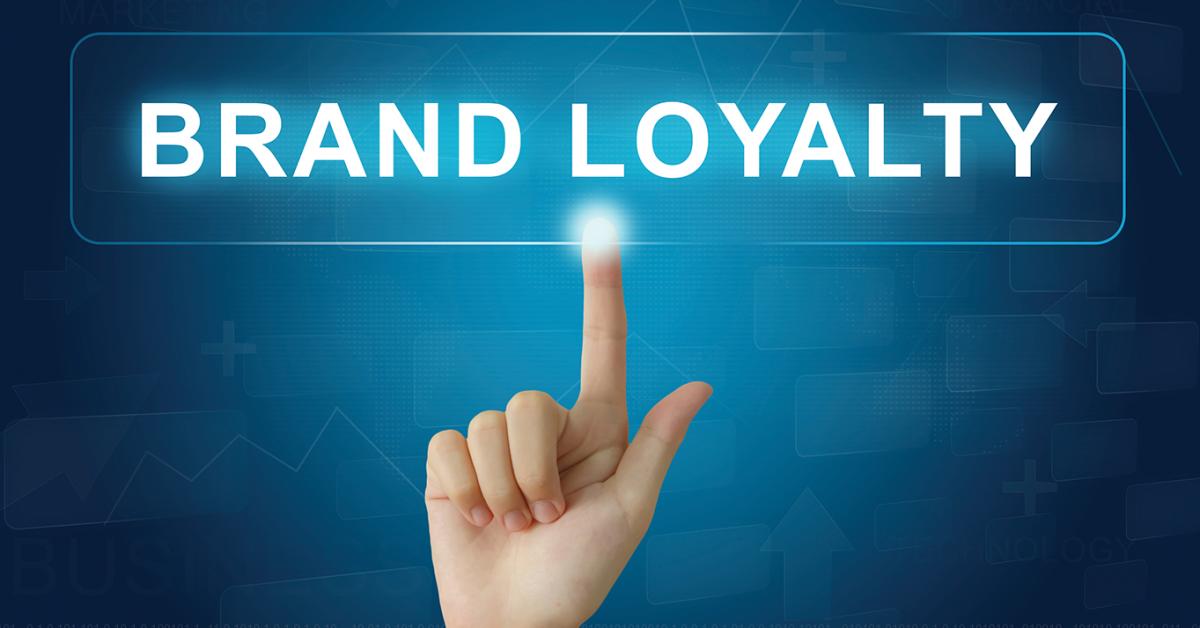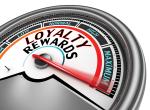CHICAGO — Long-term success for dry cleaners is based largely on return customers regularly bringing in their items. Cleaners who offer rewards programs not only help the customer save money but show that their business is appreciated.
In Part 1 of this series, we explored how loyalty programs have evolved over the years and the reasons why properly thought-out programs are successful.
Today, we’ll look at what goes into structuring successful loyalty programs and ways to measure their effectiveness.
Program Structures That Work
Dry cleaners should develop their own unique approach to structuring loyalty programs, tailored to their specific business goals and customer base.
Brian Butler, president of Dublin Cleaners in Columbus, Ohio, believes his program encourages making additional purchases rather than simply discounting existing ones.
“Early on, we just said, ‘For every hundred bucks you spend, you’re going to get a $5 certificate,’” he says. “But all that really did was eliminate revenue that was already coming in because customers tend to do pickup and drop-off together. So, it didn’t have a behavior-changing effect.”
The solution? “Now, by doing it electronically, it delays the reward by a few hours, and we hope that it stimulates a future order,” Butler says.
Dublin Cleaners also varies its point values based on service profitability.
“There’s a different point value for the different items they send us,” he says. “It’s a blend of not only gross revenue but also profitability. The more profitable items they send us earn higher points.”
For transparency, Dublin Cleaners explains on its website that there are limitations to its rewards program.
“To be clear, (points) are not redeemable for laundered shirts,” it states. “We get so many laundered shirts every week, we have to work Saturdays some weeks to get them done. They are a low-price and low-margin item, and we’d rather give you more reward from a more expensive item than for us to have to stay late for more shirts.”
Carlyn Parker of Dependable Cleaners, based in the greater Boston area, has worked to ensure that its program is streamlined.
“Customers enroll in the VIP Program, receive a VIP Express Laundry Bag, and for every dollar spent, they’ll earn one point,” Parker says. “When they get 160 points, they receive a $10 reward coupon. We’ve raised the number of points from 150 to 160. It’s not a huge change, but we really think this works well.”
Parker says the Dependable program has evolved to make better economic sense for the company.
“For a long time, when we did stamp cards, once they got the 15 stamps, they got 50% off their next order — and it could be any size order,” she says. “Now, there’s a set dollar amount that they have to spend and a set dollar amount that we give them for the discount.”
For Joe Ziccarelli, president of Owl Cleaners in the Pittsburgh region, his “Wise PERKS” program takes a similar but distinct approach.
“It assigns a point distribution for each drycleaning, shirt or household item,” Ziccarelli says. “It’s different for each one. After 250 points are accumulated, a $20 certificate is emailed as store credit.”
Owl Cleaners has adjusted its program over time.
“We started the program with $10 certificates, with a slightly higher percentage back,” Ziccarelli says. “We reduced the percentage, as it was too much, and then doubled the reward amount — with the commensurate doubling of the points required — to make it a more impactful reward.”
Measuring Success
For loyalty programs to be sustainable, their effectiveness must be measurable. Dry cleaners must develop methods to evaluate their program’s impact.
Butler takes a pragmatic approach: “With our POS system, we can see what the redemption rate is and what the click rate is. It all comes down to, if they like it, they’ll use it and appreciate it. If they don’t care, they’ll blow it off, and that costs us nothing.”
For Parker, measurement involves a combination of data and feedback.
“We definitely keep track of how many rewards are redeemed, and we also go by what our employees say when people give them comments,” she says. “We ask for those comments, and our employees let us know. We use that to make decisions on whether to keep it or change it.”
“We focus on our VIP customers and their retention,” Ziccarelli says. “For most of them, this program just adds to the stickiness factor in retaining them.”
Come back Thursday for the conclusion, where we’ll examine some unexpected benefits loyalty programs can provide, along with some advice on implementing them. For Part 1 of this series, click HERE.
Have a question or comment? E-mail our editor Dave Davis at [email protected].

























































